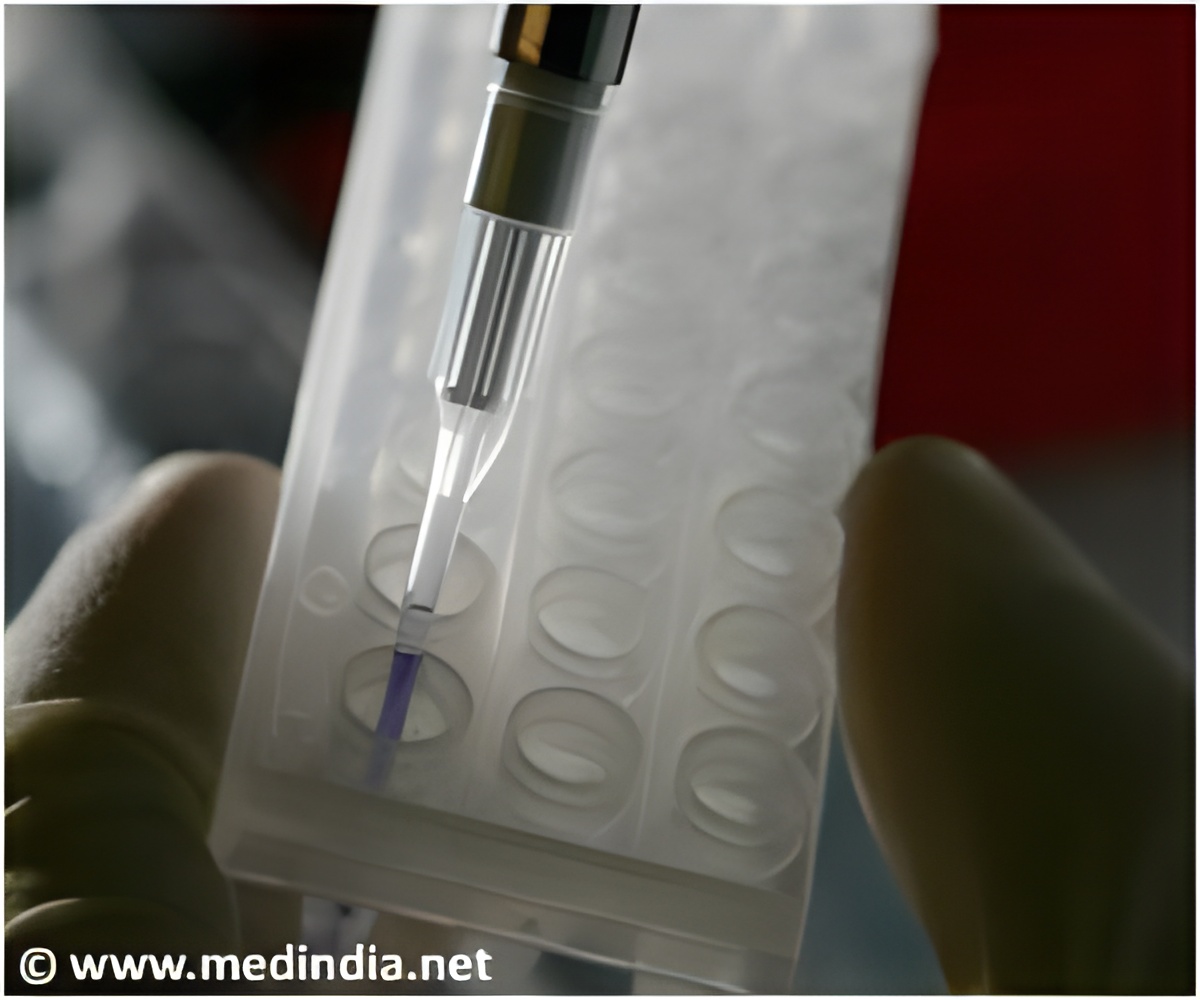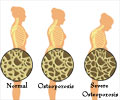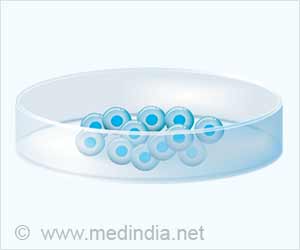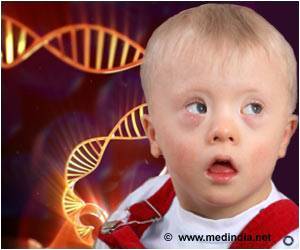Scientists have come up with a way to provide timed release of two growth factors that mimic the bone formation process that occurs during embryonic bone development in a rat model.

TOP INSIGHT
Together, the stem cells, flexible fixators and timed release of growth factors could one day help heal large bone defects or breaks in people.
Their results are published in the journal Science Advances. "What we are doing, in effect, is delivering the right growth factors at the right time to encourage the development of bone from stem cells in the same way that it happens during natural bone healing and development," said Alsberg, who is a corresponding author on the paper along with Boerckel.
In previous work, Alsberg's group at UIC and colleagues at the University of Pennsylvania developed the flexible fixators and stem cell "condensates," which are masses of stem cells connected to one another so that they can be moved as sheets or plugs. The condensates allow the stem cells to be placed in specific areas of the body, such as within bone gaps or defects without the risk of floating away, as is often the case when stem cells are delivered to sites in the body through an injection of cell-containing liquids. When used together, the condensates and flexible fixators allowed for enhanced healing of bone defects in a rat model.
In the current research, Alsberg and colleagues added another layer to their system: they incorporated multiple growth factors into the condensates -- one that helps transform stem cells into cartilage cells called transforming growth factor beta1 of TGF-beta1, and another that promotes the transition of this cartilage into bone called bone morphogenic protein 2 or BMP-2.
In rats with bone gaps in their femurs, the application of Alsberg's system, including the growth factors, helps encourage the growth of new bone with enhanced function at 12 weeks compared with rats where growth factors weren't included or only a single growth factor was included in the condensate/flexible fixator system.
Source-Eurekalert
 MEDINDIA
MEDINDIA




 Email
Email







